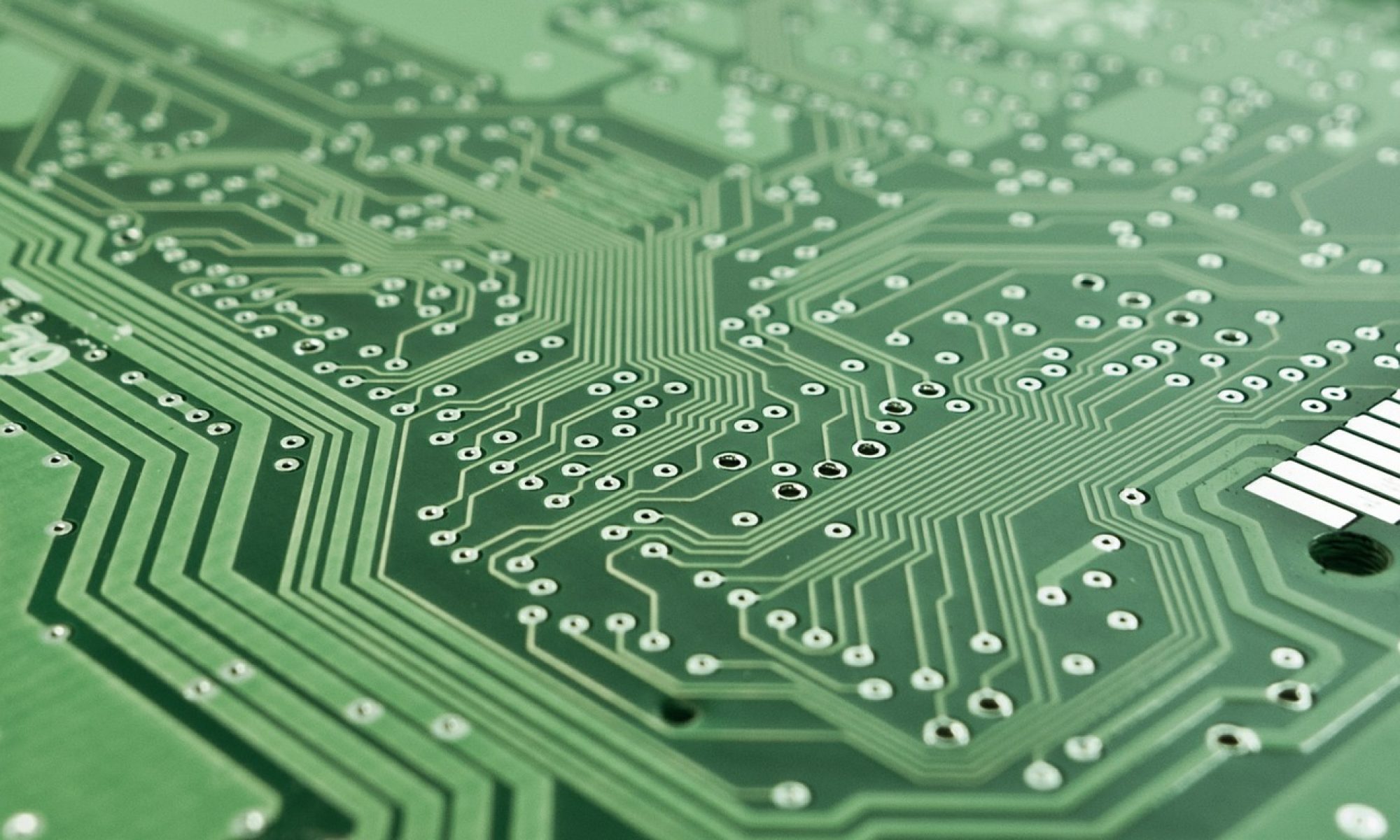As reported on Phys.org, researchers from the National University of Singapore have created a 3D printed prototype of a shoe insole that evaporates sweat faster than normal and uses the harvested moisture to generate energy:
“In our new invention, we created a novel film that is extremely effective in evaporating sweat from our skin and then absorbing the moisture from sweat. We also take this one step further—by converting the moisture from sweat into energy that could be used to power small wearable devices,” explained research team leader Assistant Professor Tan Swee Ching, who is from the NUS Department of Material Science and Engineering.
The main components of the novel thin film are two hygroscopic chemicals—cobalt chloride and ethanolamine. Besides being extremely moisture-absorbent, this film can rapidly release water when exposed to sunlight, and it can be ‘regenerated’ and reused for more than 100 times.
To make full use of the absorbed sweat, the NUS team has also designed a wearable energy harvesting device comprising eight electrochemical cells (ECs), using the novel film as the electrolyte. Each EC can generate about 0.57 volts of electricity upon absorbing moisture. The overall energy harvested by the device is sufficient to power a light-emitting diode. This proof-of-concept demonstration illustrates the potential of battery-less wearables powered using human sweat.”
This prototype is certainly interesting and has obvious potential for improving human comfort, confidence, and possibly health. It remains to be seen whether commercialization of the technology will be feasible and whether researchers develop effective ways to recycle the product at the end of its useful life. Conventional electronics are already a waste generation challenge, and wearable technology is notoriously difficult to recycle and a potential contaminant in recycling streams. Further, the incorporation of cobalt chloride in this product could prove problematic and detrimental to sustainable design, as continues to be the case for most electronics. Cobalt mining operations have been supported by child labor, so truly sustainable designs will strive to use reclaimed cobalt from the recycling of existing products for the preparation of cobalt compounds for the manufacture of new devices. It could be the case that innovations such as this one might reduce reliance on batteries, and thus reduce overall demand for cobalt, but any cobalt in a product supply chain must be scrutinized. We can only hope that the same innovativeness that leads to prototypes such as this insole can inspire researchers to continuously improve the overall sustainability of product design and end-of-life management.
Learn more:
Xueping Zhang et al, Super-hygroscopic film for wearables with dual functions of expediting sweat evaporation and energy harvesting, Nano Energy (2020). DOI: 10.1016/j.nanoen.2020.104873
Apple and Google named in US lawsuit over Congolese child cobalt mining deaths
Cavusoglu, AH., Chen, X., Gentine, P. et al. Potential for natural evaporation as a reliable renewable energy resource. Nat Commun 8, 617 (2017). https://doi.org/10.1038/s41467-017-00581-w
